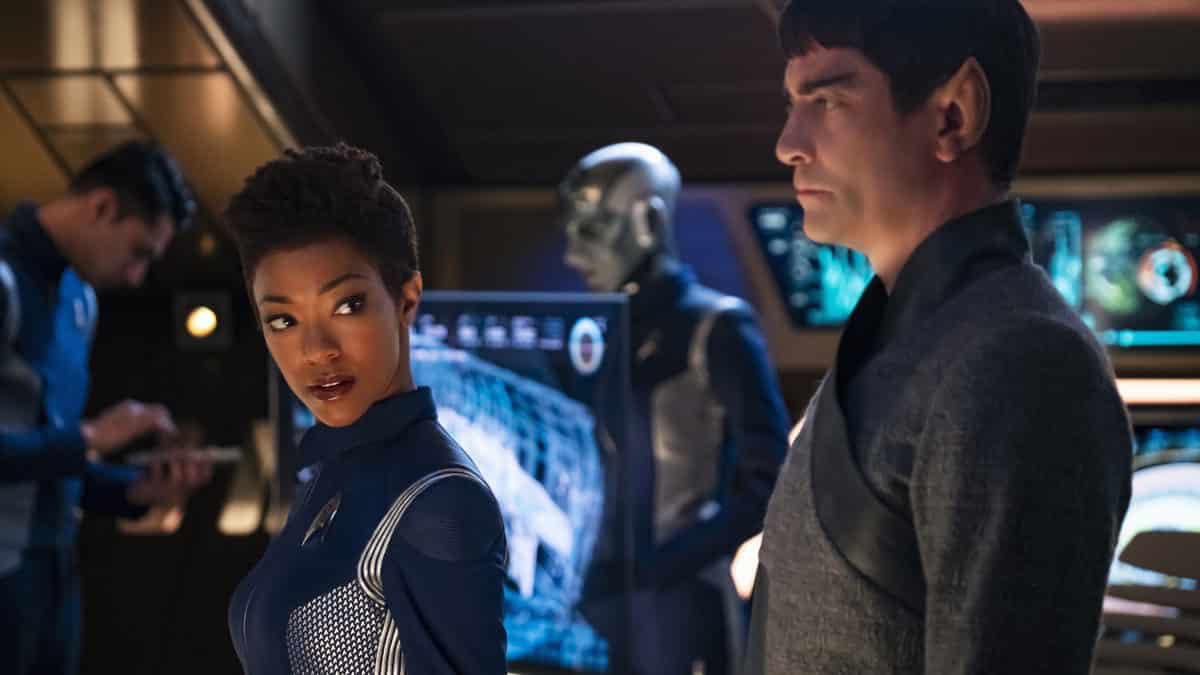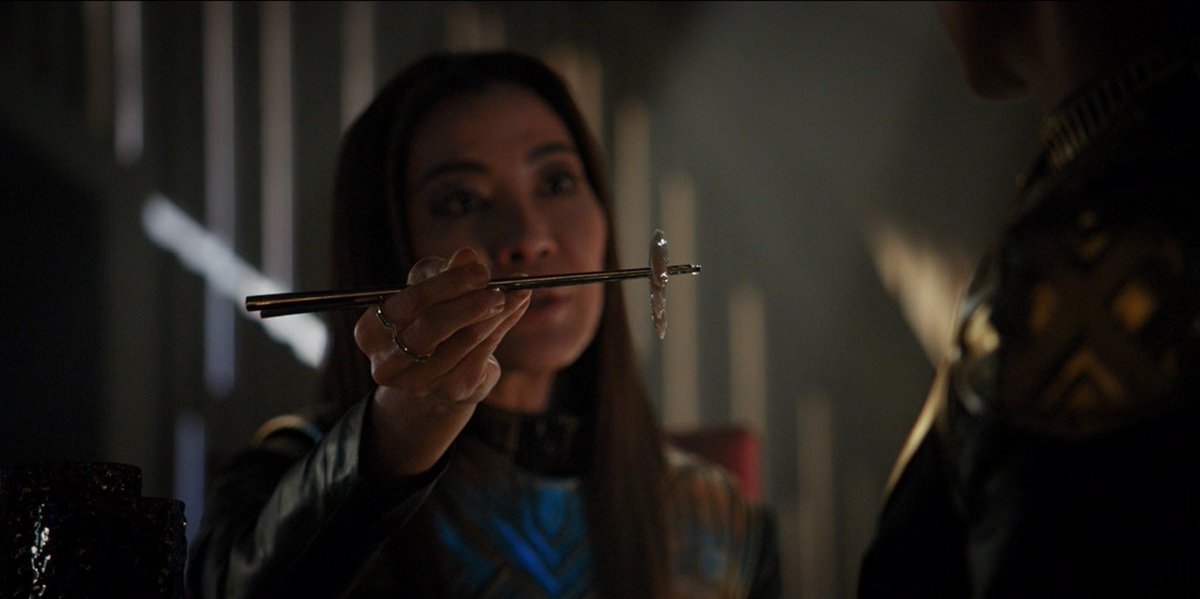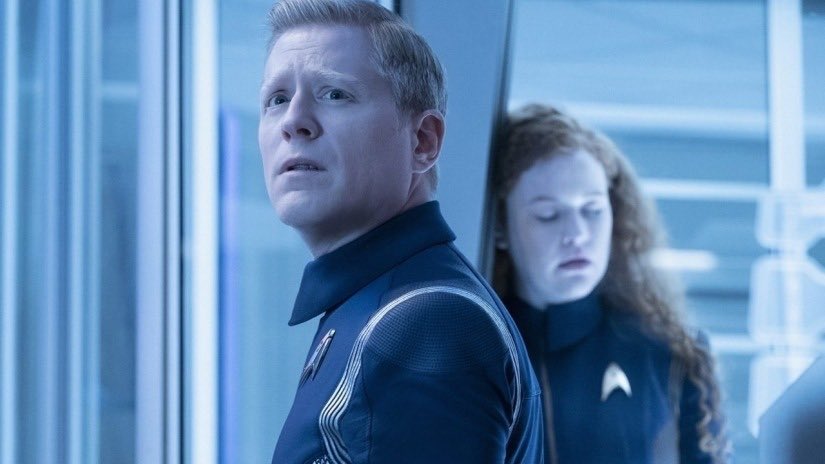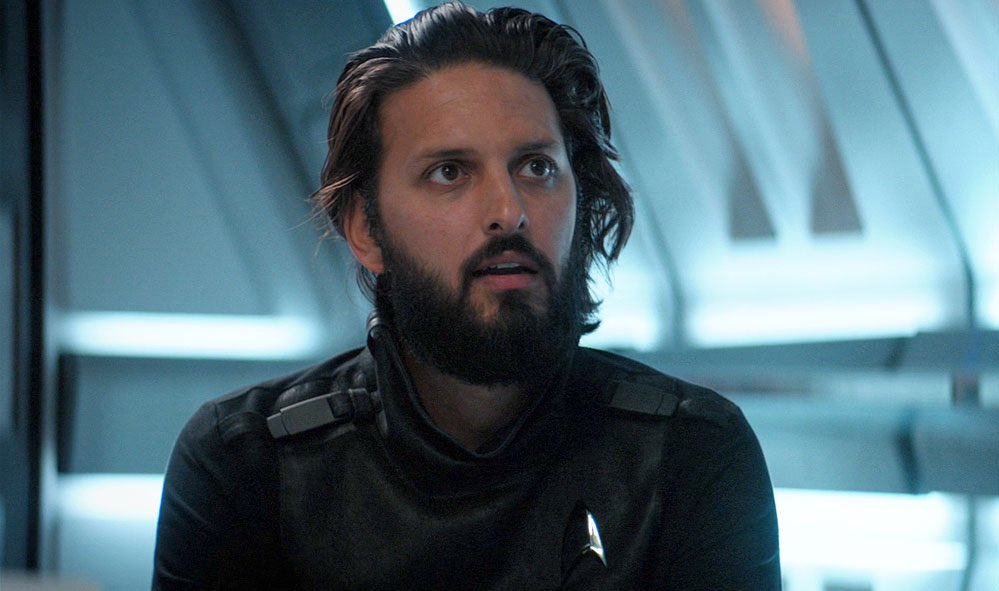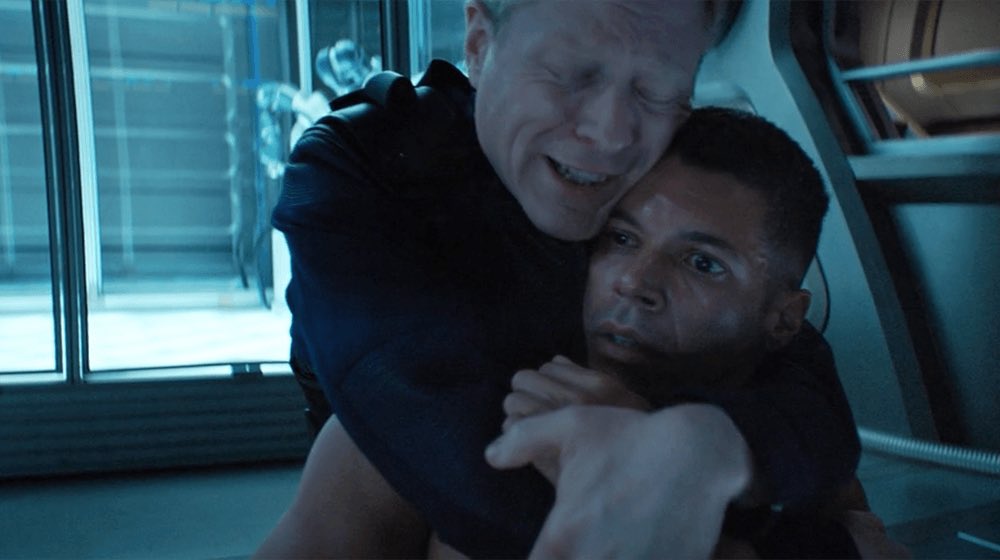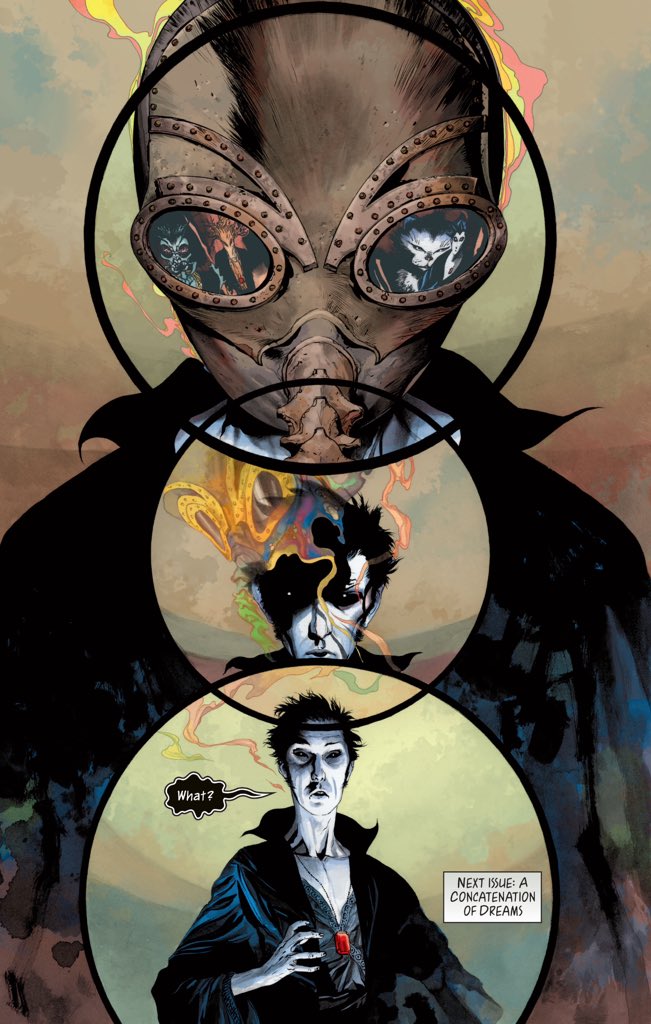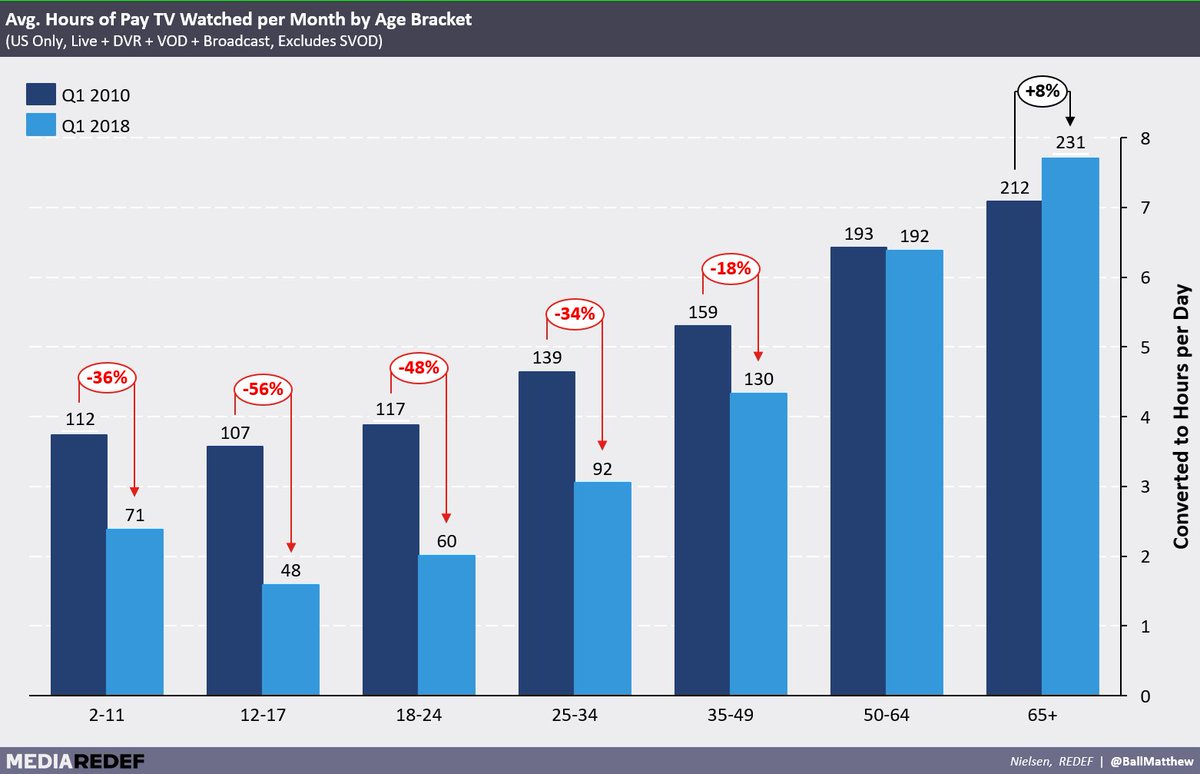I much preferred the first season’s skepticism of Lorca-as-a-stand-in-for-the-popular-memory-of-Kirk to the second season’s hero worship of Pike-as-a-stand-in-for... eh, Pike.
Despite all the criticisms of the casting and characterisation in the first season, I feel like the ensemble is surprisingly well-formed.
I actually like how the internal logic that guides “Star Trek: Discovery” is emotional rather than strictly rational.
It is a nice distinction between “Discovery” and some of the earlier “Star Trek” series.
Like “Into Darkness”, the first season was provocative, challenging “Star Trek.” Trying to say something.
The second season is more engaged with superficially looking like “Star Trek.”
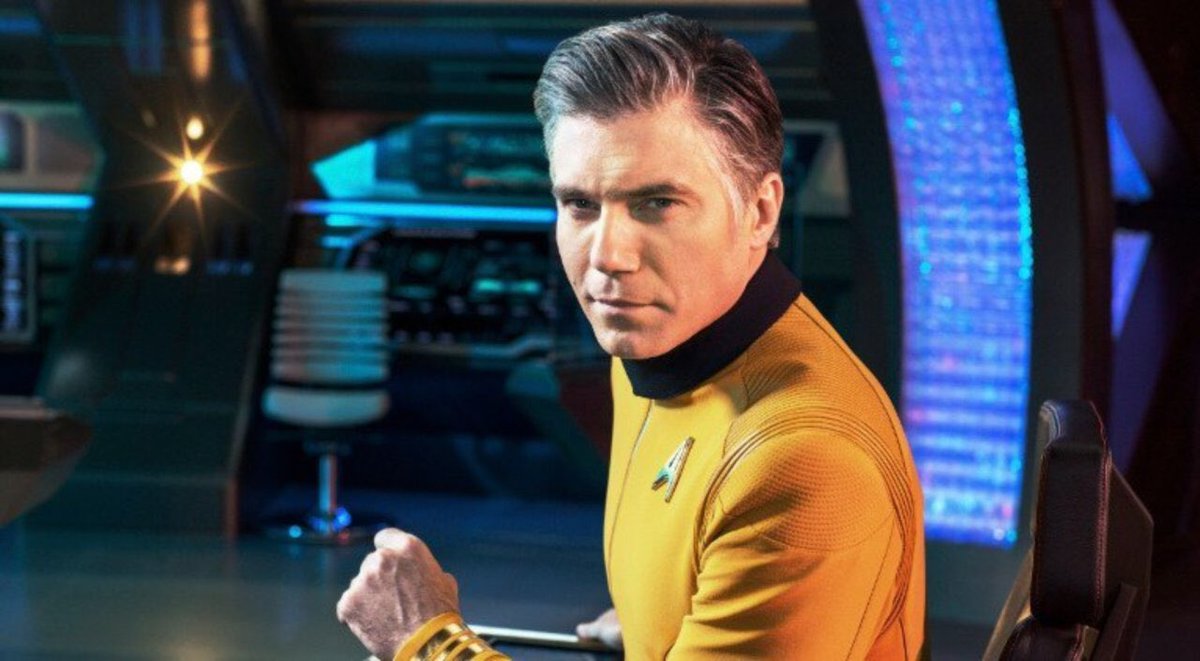
But it didn’t resonate outside the base in the way that “Star Trek (2009)” and “Into Darkness” did. Which is what “Star Trek” needs to do to survive.
I wonder if “Star Trek: Discovery” can avoid that. The first season was a colossal hit, after all.
The better worlds of “Star Trek” are explored in longer form; TNG with Klingons, DS9 with Cardassians, etc.))
They recognised it as a narrative necessity dictated by the realities of twentieth century television. And something they could move past.
It struggled to develop and explore the Klingon War because it was too busy structuring standalone adventures within that.
But it got a lot better at this in its second half.
Second of all, I am the kind of mad bastard who loved “Disco goes Disco” back in “Magic to Make the Sanest Man Go Mad.”
Though I know that riles certain fans...
Michael’s logic in “Vulcan Hello” is inseparable from her experience of Klingons.
The mirror universe episodes stress the difficulty of remaining one’s self in a corrupt system.
No idea. None.
washingtonpost.com/posteverything…
Stamets fuses himself with the spore drive, but even the bridge crew members like Lieutenant Daft Punk or Ensign Nebula.
The self and the system blur.
We’re not really that different from the things that we build, and often adapt ourselves to suit them, so of course an engineer can keep her crew alive.
Which, by the way, is no more or less ridiculous than magic blue crystals that allow you to travel faster than the speed of light or faxing yourself to a planet surface.
They HAD TO BE something else.
As if realising that distinguishing them in “Inquisition” was a mistake.
Societies are accountable for the systems that do horrible things in their name, and “Section 31” is the fantasy that allows us to imagine keeping our hands clean while others do the dirty work.
It’s important to acknowledge that Pike and Kirk shared a union with them. You can’t have space!Kennedy without the space!CIA.
(Which, incidentally, is one more reason why we can’t have “Next Generation Redux” from the modern franchise.)
Right now, that self-image is working through some stuff.
Those were turbulent and chaotic self-portraits of turbulent and chaotic times.
Even “Deep Space Nine” kept doing Ferengi episodes, despite fandom’s hatred. As a result, we got “House of Quark”, “Bar Association”, “Magnificebt Ferengi.”
Taking the first three episodes after the pilot to replay “The Devil in the Dark” as a core “Star Trek” text suggests a more humanist core than half TOS or all VOY.
To betray and ignore all that to appease angry voices on the internet is the hackiest & laziest writing.
It was better that they be adventurous and experimental rather than conservative and staid.
As only member of the primary cast to be a straight white man was the villain, the characters being killed off were minorities.
Because ALL of the characters were women and/or minorities. (This was a good thing.)
Playing with the tropes of prestige television meant some of those characters would die. (Including the one straight white male character.)
However, the internet just exploded.
But that gut punch was part of the season. It could have been done better, but it was done.
And reversing it to please the internet is a terrible call.
My opinions on the show seem to be massively controversial, despite amounting to a fairly standard, “Some of this is good, and some of this is bad.”
Which seems to upset folks on both sides.
This just seems to... provoke people. It seems it would be less likely to provoke if I were more strongly on one extreme or the other.


